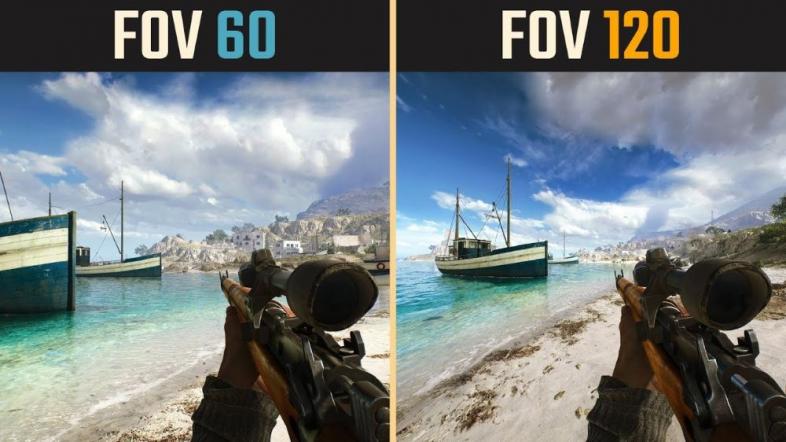

After turning it off, you can force MSAA or SSAA through drivers, at least on Nvidia cards. "r_postmsaa only has two settings I think, 0 and 1 for off and on. It made the game alot less like Crysis 1, but better imho if you look at the balance of all the diff modes and just energy management in general. Think the fact that Crysis 1 looked faster is because it was alot faster and im glad that Crytek turned it down. Also FOV 90 gives indeed crazy tunnel/fisheye vision and that the reason it looks faster. Does "r_postmsaa=0" mean no AA and then "r_postmsaa=4" means 4xMSAA or "r_postmsaa=8" 8xMSAA up to 32? And having nothing in config about AA means 2x2 SSAA.

Of course, my main goal was simply to present the information, so the choice is said: " Dont understand the AA thing. From the above, I would personally recommend 90-100 FOV, no glow, and no AA for the current demo and possibly the full game.


I tested with 4xMSAA as well, but it looked worse than the 2x2 SSAA, so it's not really worth mentioning. This is a decent tradeoff however, since you're not likely going to notice those edges while gaming, but an increase in image fidelity will be noticeable (almost like a resolution bump). No AA is distinctly sharper than the default TAA, but jagged edges are also much more apparent. The antialiasing and color fidelity benefits of SSAA are lost from the added blurriness in this case, making it not worthwhile. Unfortunately with C2, it seems to be the latter. SSAA affects games differently sometimes it eliminates jaggies without harming image quality at all (most UE3 games), other times it softens the image in order to do so. It probably has something to do with optimization, since theoretically supersampling should beat out TAA. Surprisingly, TAA was able to go head to head with SSAA at less than half the performance cost.


 0 kommentar(er)
0 kommentar(er)
